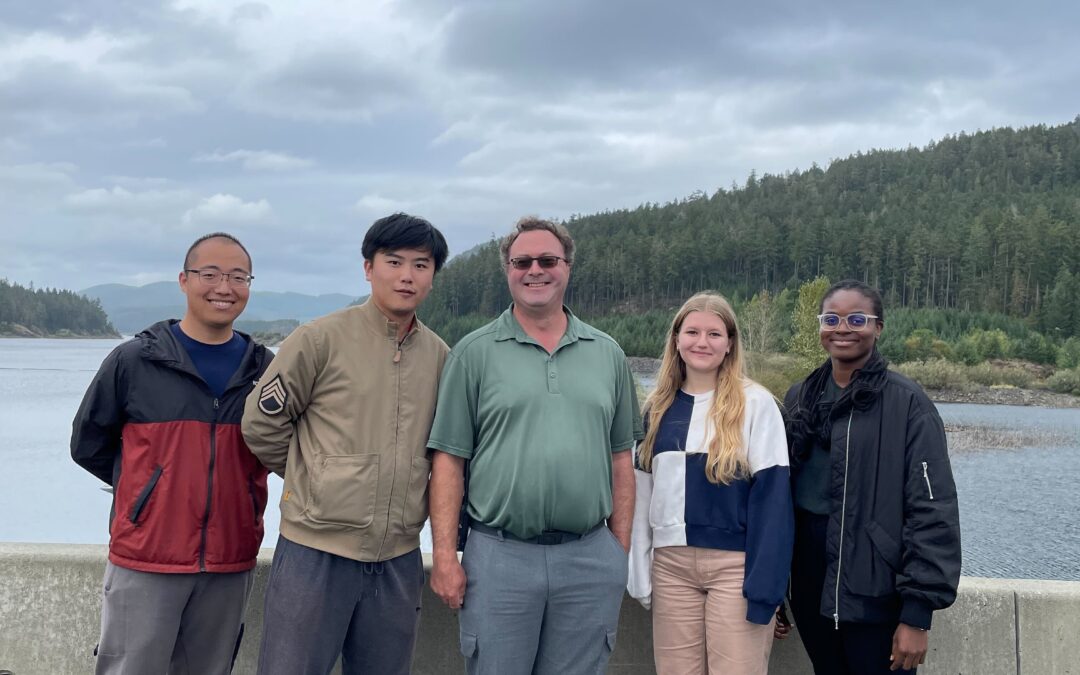This sprint was highly rewarding for our team as it included a crucial in-person visit to the Capital Regional District’s watershed. This on-site experience provided invaluable clarity about the situation and the project’s scope since we were able to infer what they needed. We discovered that while plans are in place to install a new camera tower for fire detection in the forests, there are large gaps of resources with the older gate, dam, and Sooke Lake security cameras.
In response, we refined our focus to prioritize the protection and preservation of the Sooke Lake Reservoir from trespassers and potential man-made fires. Our proposed solution involves enhancing object detection capabilities by implementing a real-time image detection platform. Any anomalies related to humans, fires, or smoke detected by the software will trigger alerts to staff and be uploaded to the management website. This unified alarm system will cover all older gate, dam, and Sooke Lake security cameras.
With a clearer understanding of our scope and solution, we initiated research into existing object detection Neural Network (NN) models and explored methods for integrating them into our platform’s backend. We found inspiration in other projects and valuable resources from our mentors, such as useful datasets on platforms like Kaggle and Roboflow. Access to ample datasets is critical for training the NN model, ensuring more accurate detection results. Currently, our focus is on enabling NN models to process live camera video feeds.
Our team recently benefited from Dr. Nacenta’s lecture on creating efficient prototypes. This lecture equipped us with a shared vocabulary and emphasized the pivotal role of prototypes in project development. We learned that low-fidelity prototypes offer valuable opportunities for users to express their opinions. Presenting a detailed prototype upfront might inadvertently convey a sense of finality, whereas a simple sketch encourages open feedback. This mindset became integral to our project’s progress.
We also had an introductory meeting with our mentors, Tram and Vibha, who provided valuable insights and options for consideration. Vibha guided us in crafting better user stories, highlighting the importance of tailoring them to different user groups or personas. This approach deepened our understanding of project dynamics. Tram offered technical expertise and helped us explore relevant software and concepts. Furthermore, a teambuilding session led by our team ambassador Ahmed, allowed us to express our thoughts and emotions about working together, fostering mutual understanding and respect.
This sprint has propelled our project forward by narrowing our focus, enhancing our technical capabilities, and fostering effective collaboration. We are excited to continue our efforts to protect and preserve the Sooke Lake Reservoir, and remain grateful for the guidance and support from our mentors and teammates.

